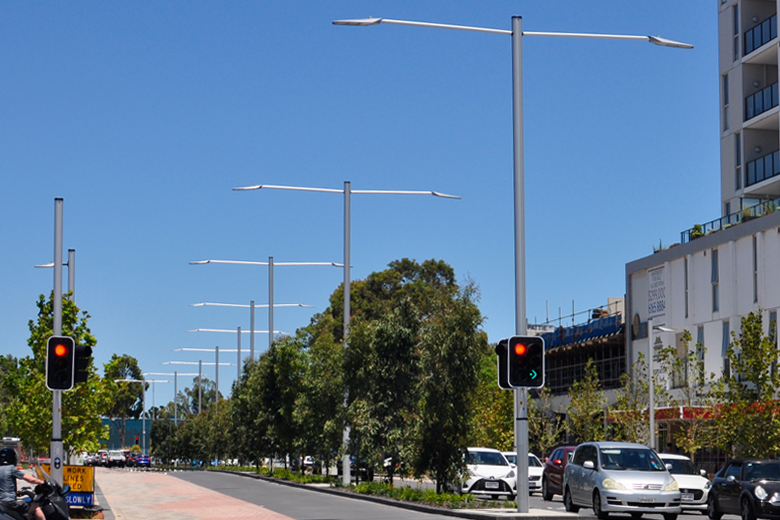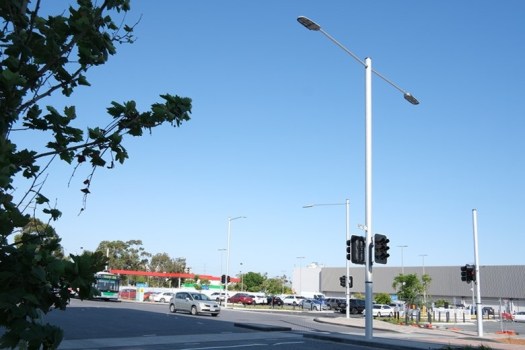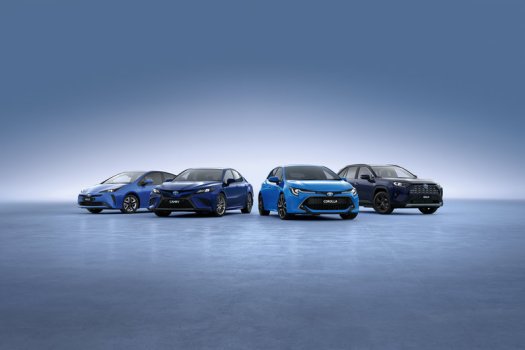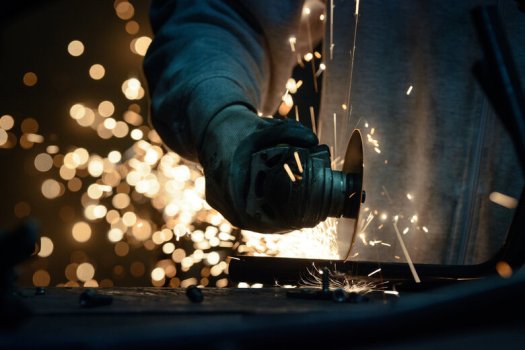
Australians’ affinity with our 25,780km coastline is as clear as much of the water that surrounds the continent.
With an estimated 85 per cent of the population living within 50 kilometres of the coast and six per cent within just three kilometres, we are certainly a beach-loving nation.
Ideal locations for commercial and residential structures, the beauty and popularity of the coast also presents its share of architectural challenges.
Corrosion is a key issue. While there’s great debate about how far inland coastal conditions can impact a structure, it is thought depending on prevailing winds and local variations that there will be some effects up to 50km away from the seashore. Metal corrosion is most pronounced within a kilometre of the ocean; splash and tidal zones with wet and dry cycles most severely affected. It all adds up to decision-making about materials used in coastal zones being vital.
When it comes light poles, Urban Aluminium has embraced the challenge with its multi-function, small cell and architectural ranges constructed from Marine Grade Structural Aluminium. There are many reasons that make the range a logical choice for coastal environments.
In days gone by steel was considered the only viable option in these areas, despite a number of shortcomings. In harsh coastal environments, regular or galvanised steel could show red rust in as little as three years. Even with added metallic coatings and paint, carbon steel used in splash zones could provide as little as eight years of service. Regular checks are also required with the structural integrity of steel more at risk due to ‘invisible’ corrosion from the inside out. And even with added protection, there are the added costs.
Aluminium poles eliminate many of these problems. On contact with the air, aluminium forms a protective layer of aluminium oxide that guards against corrosion. Time, temperature and humidity are the killers and aluminium offer a natural resistance to the triple threat. Structural testing is not an ongoing requirement.
Later modifications can also pose problems for steel poles, increasing the risk of corrosion. There are no such issues for aluminium which can be drilled and changed down the track without issue.
The UA Aluminium Pole system in particular has been designed to offer a future-proof multi-function pole incorporating a universal bracketing system. It enables the mounting, relocation and retro-fitting of a range of applications to the light pole without damage to the pole or the application. With rapid changes in technology, it’s a key element for the smart city of today – and tomorrow.
Fitting in with a current aesthetic is well and good – but it shouldn’t be at the expense of future needs. UA’s systems offer adaptability by creating a flexible equipment mounting platform that maintains an architectonic style.
There’s the capacity to make CCTV poles, banner poles and IoT poles to ensure the system is truly multi-functional with a long shelf life. All this doesn’t mean there has to be compromise in other areas. Lightweight composition may make aluminium poles easy to handle, transport and install but it doesn’t equate to a lack of durability. Any doubts about the relative strength of aluminium poles and their wind resistance can be addressed through modular strengthening sleeves upon advice from UA’s engineers.
Coastal towns often have distinct architecture and design aesthetics that need to be adhered to. From incorporating corporate branding to offering a range of anodised, powder-coated or painted finishes as well as fully customisable designs – ‘smart’ can extend to the look just as much as the function.
To discover more about Urban Aluminium’s Smart Poles and decorative aluminium poles please visitwww.urban-al.com.au
Comment below to have your say on this story.
If you have a news story or tip-off, get in touch at editorial@governmentnews.com.au.
Sign up to the Government News newsletter
Most read
Scathing report finds little has changed at PwC
Qld council welcomes progress on massive battery system
‘Local’ procurement turns out not to be so local, committee hears
Another report finds local government falling down on cyber security
MoG changes see regions, investment return to NSW Premier’s Department






Sue Phillips on: 15 councils participate in SA emissions reduction trial
Garth Daddy on: War memorial contracts fudged, audit finds
Roger Buhlert on: New VLGA appointment vows to lift governance standards